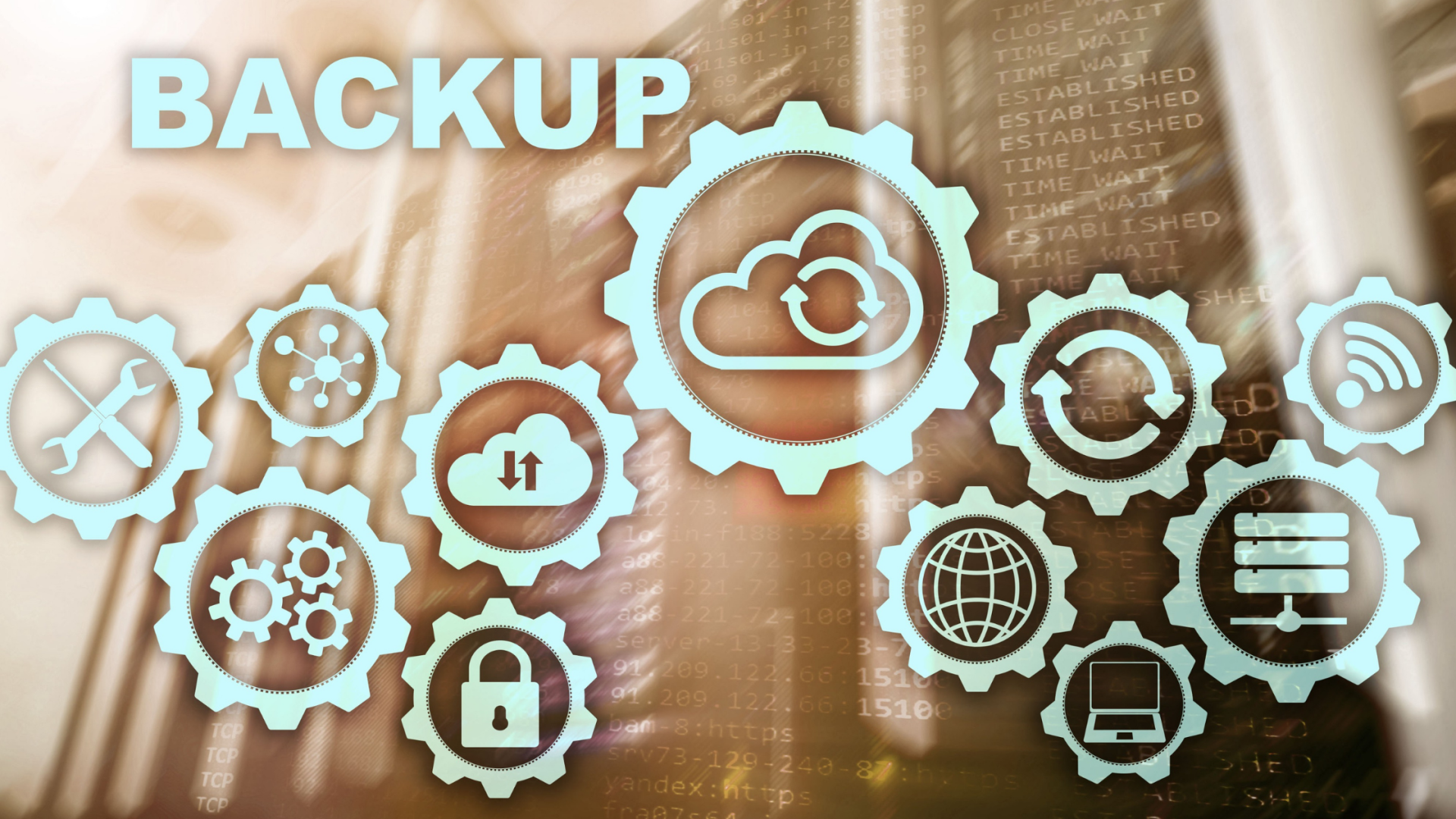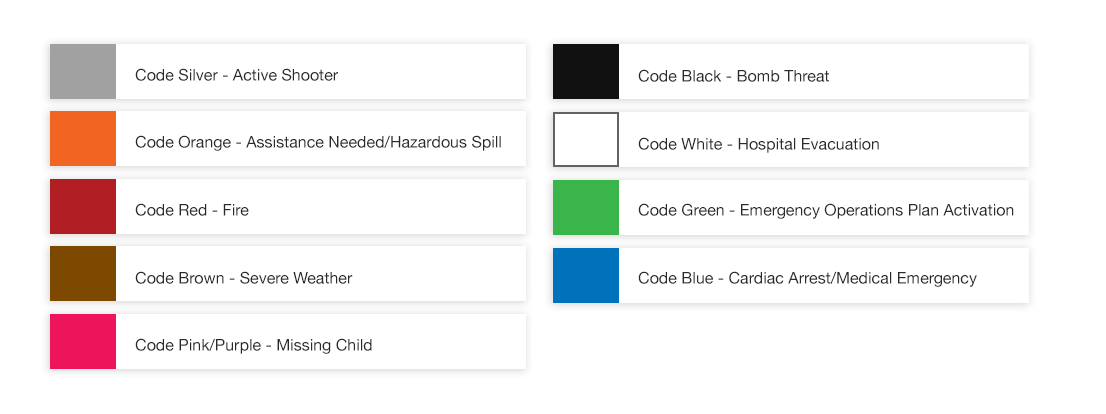Backup and Data Recovery
Backup and Data Recovery
Want to learn about Data Backup and Disaster Recovery?
Want to learn about Data Backup and Disaster Recovery?
The Walker Group understands business data backup & disaster recovery, We provide operations and BDR monitoring to give you plenty of notice before you run short on storage space. Below you'll find our thoughts on the topic. You can also learn about our backup and disaster recovery services.

Sorry to say but there's no definite answer on this one. The short answer is that most businesses are already at least partially in the cloud. Any online software solutions that you use are, essentially, cloud services. The decision to move exclusively to the cloud, with no on-premise infrastructure, is a big one with many layers to consider. Do you have an adequate (and redundant) internet connection? Are you prepared to accept more ongoing, monthly fees? Do you have a proper plan for backing up your data in the cloud? Whether you should move your business to the cloud is an individual decision that requires a lot of discussion and planning with an IT professional. There are so many benefits but also some risks so having the knowledge and understanding to know what is right for your business and your company culture is key. Also, it's not usually a 'clean break', but rather one that happens over time as hardware or applications are being replaced.

Organizations are rapidly adopting various cloud technologies. There are a lot of considerations that need to be made when choosing a cloud backup solution which may include addressing security concerns as well as how the technology will work for your environment. Taking the time to review your options and understanding risks or pitfalls should be part of the process. Here are 3 commonly seen mistakes in selecting a cloud backup solution.

There are many things a business should have, that, hopefully, they won’t need. A few examples might include a fire extinguisher, a plunger, and a Backup and Disaster Recovery (BDR) solution. Each of them are exceptionally important in their own way. Since March 31st is World Backup Day, let’s focus on BDR, because it’s not a matter of IF but WHEN disaster will strike. As we do so, it’s important to point out that a BDR solution is made up of multiple parts, each with its own crucial task. It’s right there in the name: Backup and Disaster Recovery . These two halves each play an integral part in ensuring your business continuity. Backup: This half of the BDR consists of ensuring that your data is backed up, safely preserved in case something were to happen to your local files. Simply put, it’s an extra copy of your data to replace the original and protect yourself from a ransomware attack if it were to destroy, lock, or otherwise make the original files inaccessible. Disaster Recovery: As for the Disaster Recovery portion of BDR, this is the half that presumes that the worst has happened. In other words, it is for when a natural disaster, weather event, or some other unfortunate circumstance has caused serious harm to not only your data, but also the equipment you use to access it, and your location itself. In response to this possibility, the BDR enables a business to have a fallback that enables operations to resume as rapidly as possible. These two halves make up the whole that is a solid BDR strategy. The unfortunate reality is that a business-crippling disaster could happen at any time, as could a data-loss incident. What’s your plan? For assistance in proactively developing your data backup strategy and implementing a BDR plan for your business, turn to The Walker Group. Let’s talk. Meanwhile, if your network does implode, and you need urgent care to triage your IT disaster, turn to Walker911 – crafted just for that type of situation. When it hits the fan, and you’re heading into crisis mode, turn to www.Walker911.com.










